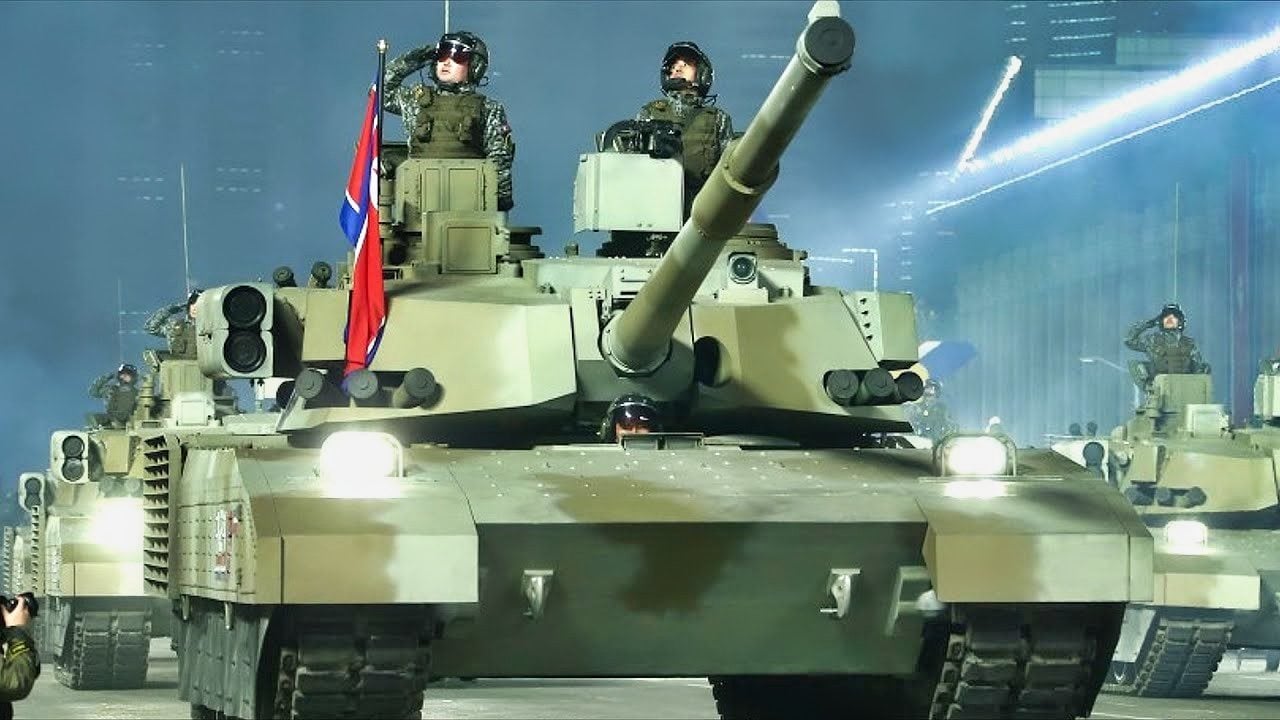
North Korean Soldiers are Now Dying in the Ukraine War
What You Need to Know: A Ukrainian missile strike in Russian-occupied Donetsk killed at least 20 soldiers, including six North Korean officers, marking the first North Korean casualties in the war. North Korean servicemen were reportedly observing a training demonstration during the strike.

-North Korea has been sending laborers and engineering troops to aid in construction efforts in the Donetsk and Luhansk regions, although it’s speculated that the work involves building military fortifications.
-The deployment follows a defense pact signed between Russia and North Korea in June. North Korea has also supplied Russia with millions of artillery rounds to support its war effort.
Ukrainian Strike Kills Six North Korean Officers in Russian-Occupied Donetsk
A Ukrainian missile strike killed at least 20 soldiers in Russian-occupied Donetsk last week, and among the dead were six North Korean officers, while an additional three North Korean servicemen were wounded, according to a report from the Kyiv Post. It marked the first time that North Korean “observers” have been killed in the ongoing conflict.
Reports from pro-Kremlin propagandists on the Telegram social messaging app confirmed that the North Korean soldiers were killed, and further stated that they were observing a training demonstration when the missile strike occurred.
In June, South Korean media also reported that Pyongyang was set to deploy engineering troops to Ukraine to aid in “reconstruction works,” and the first of those soldiers is believed to have arrived over the summer. It was also a year ago that the Center for National Resistance (CNR) first suggested that North Korea was preparing to send civilian laborers to the Donetsk and Luhansk regions to work in construction.
However, the exact nature of the “construction work” has also been questioned – and likely isn’t about building new housing or civilian infrastructure but rather is an effort to build up the fortifications to stop any Ukrainian counter-offensive to regain the territory.

Russian-North Korean Military Treaty
It was in June that Russian President Vladimir Putin and North Korean leader Kim Jong Un signed a “defense pact” during Putin’s visit to Pyongyang.
“In the event that any one of the two sides is put in a state of war by an armed invasion from an individual state or several states, the other side shall provide military and other assistance with all means in its possession without delay,” the treaty states.
In addition to the laborers and engineering troops, North Korea has provided Russia with nearly two million rounds of artillery shells and rockets for its mobile launchers.
Cannon Fodder
The deployment of North Korean engineering troops was also seen to help the Kremlin free up its own military personnel, which could be sent to the front line. Moscow has been seeking to bolster its ranks, and that has included sending sailors from the Russian Navy flagship aircraft carrier Admiral Kuznetsov as well as engineers, mechanics, and other servicemen from the Russian Aerospace Forces.
The combat effectiveness of the newly created “Motorized Rifle Regiment of the Aerospace Forces” and the sailors turn infantrymen is still being questioned, including by Russian propagandists. On paper, it bolsters Russia’s numbers but many of these troops have little small arms and tactics training.
The situation could be the same for the North Koreans and that fact was acknowledged by Pentagon spokesperson General Patrick Ryder earlier this year.
“I think that if I were North Korean military personnel management, I would be questioning my choices on sending my forces to be cannon fodder in an illegal war against Ukraine – we’ve seen the kinds of casualties that Russian forces [have been taking],” Ryder said in a June press briefing.
“Forlorn hope” could also describe the situation all these troops are facing.
Author Experience and Expertise: Peter Suciu
Peter Suciu is a Michigan-based writer. He has contributed to more than four dozen magazines, newspapers, and websites with over 3,200 published pieces over a twenty-year career in journalism. He regularly writes about military hardware, firearms history, cybersecurity, politics, and international affairs. Peter is also a Contributing Writer for Forbes and Clearance Jobs. You can follow him on Twitter: @PeterSuciu. You can email the author: [email protected].
Image Credit: Creative Commons and/or Shutterstock.


